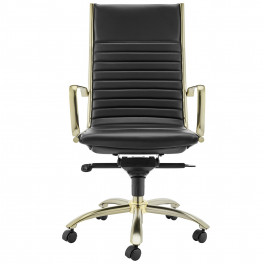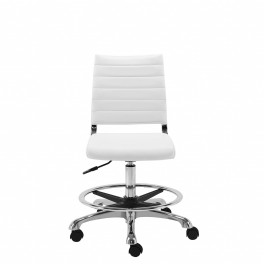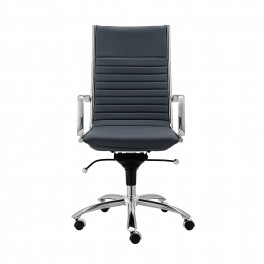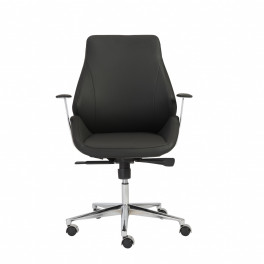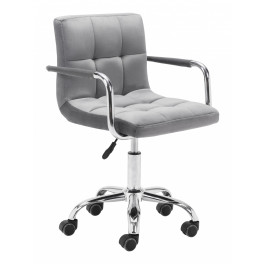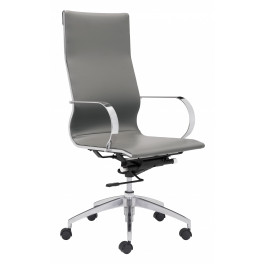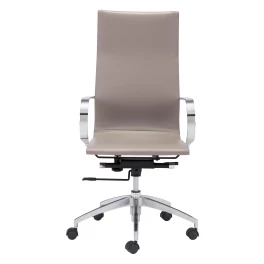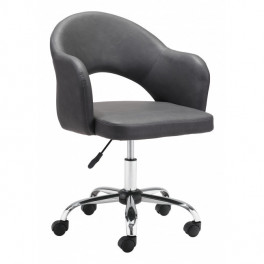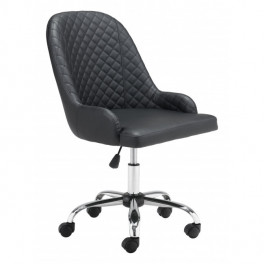Nothing quite compares to the ambiance of a fireplace on a cold winter’s day. The crackling wood, the flickering flames, the radiating heat... It makes you want to grab a cup of your favorite warm beverage, sit down, and relax in front of the mantel. Unfortunately, not all homes have a fireplace and adding one isn’t always possible, or is it? Say hello to the electric fireplace. It requires no chimney, major construction, or the hassle and mess of firewood. It can be placed just about anywhere and moved from room to room. Although not an actual wood-burning fireplace, an electric fireplace might be the next best thing. If you've ever considered buying one, the following information should help you decide if an electric fireplace is right for you.
Heating Capacity and BTUs
Before you begin shopping, you will need to know what size fireplace will be best for your room. Electric fireplaces are little more than fancy space heaters, and one that’s too small may be a waste of money while one that’s too large might roast you out of the room. The average electric fireplace runs on the standard 120 volts that comes from an outlet and draws 1500 watts and 12.5 amps. To determine the heating capacity of the unit, divide 1,500 watts by 10. The result of 150 is the amount of square feet the heater can adequately heat. Along with the square feet of a room, you also want to take into account the ceiling height, the amount of insulation in the walls, any windows, the type of flooring, and how warm you want the room to be.

Photo by Gaf_Lila on Shutterstock
A better way to determine heating capacity is by BTUs. BTU stands for British Thermal Unit and is the measurement of heat output defined as the amount of heat needed to raise the temperature of one pound of water one degree. An average room size electric fireplace can produce around 4,600 BTUs an hour which is enough to heat 400 square feet. The easiest way to determine how many BTUs you will need is to use a BTU calculator. Plug in the room dimensions, insulation, and desired heat and the calculator does the work for you. The BTUs and wattage will be listed in the description and on the packaging for the electric fireplace.
Electric Fireplace Styles and Options
Electric fireplaces come in many different attractive styles. Wall mounts are a popular option for large rooms. A mantel package includes a wooden mantel built around a realistic looking fireplace. You can even purchase an entertainment center with an electric fireplace in the bottom section. Most units come with a remote control that allows you to turn the fireplace on and off with a click of a button. Some come with thermostats that will allow the fireplace to cycle on and off when needed. Other options include flames, flickering embers, and the sound of crackling wood. Some have a flame-only option that does not produce any heat, but lets you enjoy the look of a fireplace any time of year.

Photo by Iglenas on Shutterstock
Installing an Electric Fireplace
Installing a standard electric fireplace is fairly simple. Some assembly may be required depending on the unit. For free standing fireplaces that use a 120-volt wall outlet, position the fireplace against a wall, plug it in, and you're good to go. Be sure to read all the safety information that comes with the unit. The fireplace will generate heat which can cause flammable nearby items to get hot.

Photo by Sharaf Maksumov on Shutterstock
Wall mount fireplaces will come with all the mounting hardware needed and may take a little more time to install.
How Electric Fireplaces Work
There are two types of electric fireplaces when it comes to heat: forced fan and infrared quartz. With a forced fan system, a fan blows air over heated coils to put warm air in a room. With infrared quartz, heat is produced by invisible infrared light. The light warms anything it touches rather than the air around it. Infrared quartz heat does not dry out the air like a fan system which makes for a more comfortable home environment. To create the look of fire, an LED light and moving mirrors mimic the look of flames or embers.

Benefits of Electric Fireplaces
The biggest benefit of an electric fireplace is that it’s not permanent and can be moved. If you like to rearrange your furniture from time to time, you can switch walls or even rooms. If you rent an apartment, you can take your fireplace with you if you decide to move.

Photo by Artazum on Shutterstock
Unlike a real fireplace, no wood is required which saves some cost and the hassle of buying, storing, and dealing with ashes. You can also regulate the temperature which is pretty much impossible with burning wood. It’s either burning or not. And although the space in front of a real fireplace is warm, it often leaves the rest of the house cold. Most electric fireplaces are controlled by a remote and a push of a button quickly adjust the temperature.
The cost to run an electric fireplace depends on how much you pay for electricity, but the average cost is 7 to 13 cents an hour. In comparison, a gas heating system can cost around 20 cents an hour, depending on utility rates.
Safety is always a concern with a real fireplace. An electric fireplace will get warm, but there’s no danger of sparks or open flames and glass doors are usually safe to touch. This is an excellent feature for households with young children and/or pets. No chimney also means no chance of chimney fires. An electric fireplace is safe to leave running overnight.
Drawbacks of Electric Fireplaces
Although very energy efficient, electric fireplaces do require electricity. This may or may not offset the cost of firewood needed for a real fireplace. If you can cut your own wood, an electric fireplace will cost you a little more. It all depends on how you value your free time. The heat from an electric fireplace isn’t the same as burning wood. Some people claim it’s not as hot and does not warm a room in the same way. This is why choosing a fireplace with the correct BTU output is important. A fireplace that’s too small will not be able to heat a large room, even on the highest setting.

Photo by Yakov Oskanov on Shutterstock
If you’re looking to add some style, elegance, and heat to a room, an electric fireplace is a great option. Electric fireplaces offer the look and sounds of wood-burning fireplaces, but are more efficient and cost less to operate. Because they’re available in modern and traditional styles, you should have no trouble finding one to match the décor of your room. And if you move, you can take it with you.





